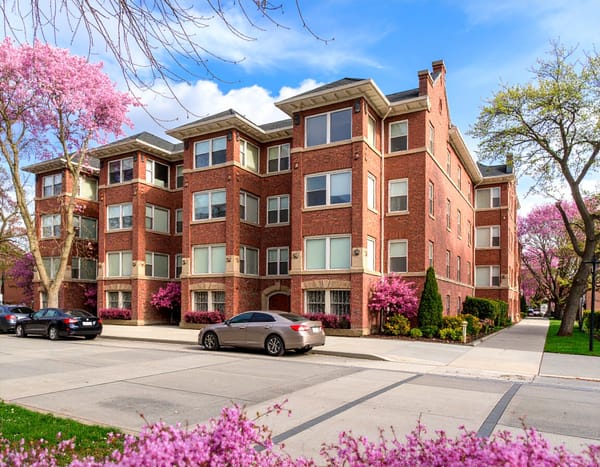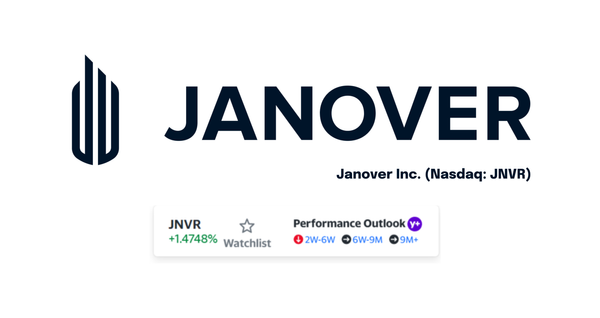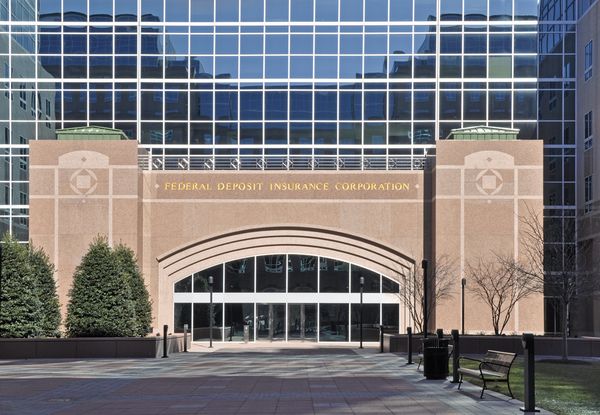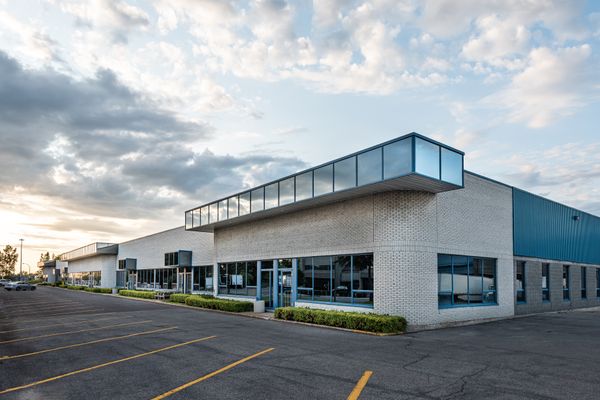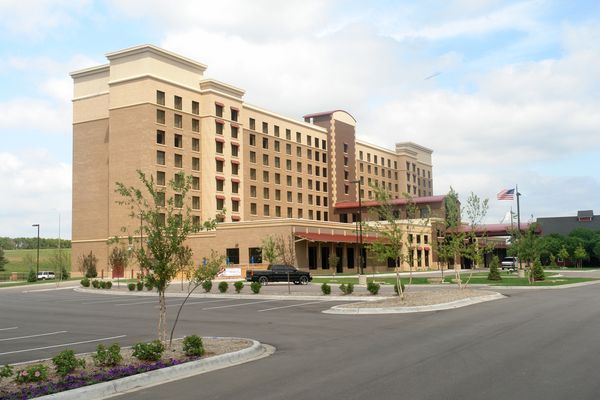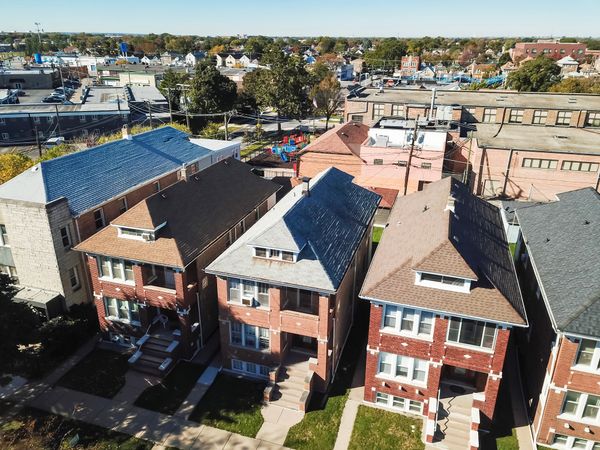Avoiding the Single-Family Rental Loan Train Wreck, Part 1

After more than a decade of continuously increasing investment in single-family rentals (SFRs), investors, lenders and mortgage servicers alike are learning the hard way what happens when an SFR portfolio becomes distressed. Executing a workout or foreclosure for SFR is a costly, complicated tangle because of the unique way in which SFR portfolios are structured and managed. Sometimes the best solution is to avoid the wreck—by selling that non-performing SFR loan.
You see, homeowners have always had the option of renting out their homes, but the real interest in SFR as an investment asset class began around 2009. Following the 2008 subprime mortgage crisis, widespread foreclosures spawned a rush of investors acquiring portfolios of multiple distressed single-family homes for repositioning as rental housing or single-family rentals (SFRs).
As an asset class, SFRs truly arrived in 2013. That year, Blackstone’s Invitation Homes division, with the help of lead structurer Deutsche Bank, created the $479 million Invitation Homes 2013-SFRI, the first bond offering backed by REO-to-rental, or SFR, assets. Since then, investor purchases have grown to 18% of homes sold in 2021.
The common tendency is to lump SFRs into multifamily as an asset class. Here, in Part 1 of our look at SFRs, we explain why SFR is a class unto itself. In Part 2, we’ll look at how the differences play out in a workout, foreclosure or loan sale.
One of these asset classes is not like the others
The complications come from the odd stepchild that is SFR. It’s single-family residential, because the underlying assets are individual homes, but it’s also multifamily because investors often own a portfolio of multiple homes rather than just one or two. Even if an investor only owns one home for rent, it’s still an investment asset class if rented out for income.
As the name implies, single family rentals are portfolios of five or more residential units that are owned by a single-purpose entity (SPE), like an LLC, and leased to tenants for rental income. One common misconception is that SFR are only individual houses. While many are free-standing houses, single-family rentals can also include townhomes, condos, duplexes, quadplexes and other shared-wall individual residences.
Corporate ownership and third-party occupancy are what differentiate SFR investments from a traditional single-family home or homestead. The fact that SFR has become a type of investment property is why SFR financing is typically viewed as a commercial real estate (CRE) loan, rather than a consumer home loan that would be subject to stringent rules and tedious documentation.
What distinguishes multifamily housing from SFRs?
If condos and townhomes can be considered SFRs, then what is the difference between SFRs as an asset class and multifamily? There are similarities—and some critical differences— in ownership structures. Multifamily housing is similar to single-family-rental in that a property or portfolio is owned by an investment umbrella entity (the SPE), and each unit is leased to an individual or single family. The primary difference is that a multifamily housing investment always comprises five or more units contained within a single structure or property, while SFRs may include multiple structures—sometimes hundreds of structures—in a portfolio of free-standing homes.
For example, assisted-living facilities and student housing are considered subsets of multifamily housing because these properties typically comprise more than five units under a single roof. The only potential crossover between SFR and MFH is in regard to fractured condominiums— like a condominium project in which most units are unsold, which was a common occurrence following the 2008 financial crisis. From the lender’s perspective, a condominium property is only considered to be multifamily if 95% or more of its units are owned and controlled by a single owner. Otherwise, the lender will consider the units to be SFR.
Why the difference matters
Financing for multifamily properties is quite competitive, thanks to lenders like Fannie Mae and Freddie Mac. The agencies provide tremendous value and security to the CRE industry as the standard bearers for multifamily and affordable housing lending. For multifamily loans of $1 million and greater, with collateral that’s been 90% occupied for 90 days or more, financing through Fannie or Freddie for loans is a popular choice.
Single-family rental borrowers have fewer options. In 2018, Freddie Mac rolled out a short-lived pilot product for financing mid-sized SFR portfolios, only to later determine that the SFR loan market didn’t need agency liquidity. SFR borrowers today must look to a bank loan, conduit loan, private capital and even bridge or hard money.
How do these differences affect the fate of distressed SFR projects versus MFH properties? Find out in Part 2 of “Avoiding the Single-Family Rental Loan Trainwreck".
Want to know what your CRE NPL is worth? Try XL Value to generate a free loan valuation report.
